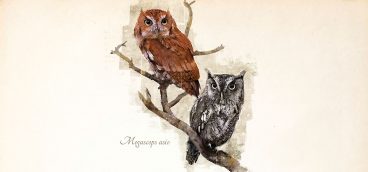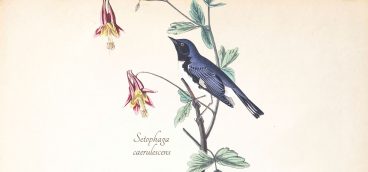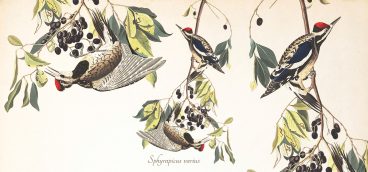
Winter weather on our three rivers brings a variety of duck and gull species to western Pennsylvania. So when frozen floes churn by or great sheets of ice cover upstream sections of the Allegheny or the Mon, the time is right within the city limits or towns nearby to look for some of the winged world’s heartiest citizens.
Mallards by the thousands bring their dabbling and quacking to our stream sides and ponds. These omnivorous birds weigh in at about 2 1/2 pounds, and they maintain their girth by grazing for greens and aquatic gleanings like a hungry shopper in a grocery store. Virtually domesticated mallards can be found in parks throughout the area, happy to snack on day-old bread. Their wilder brethren, speedy, svelte and wary, populate quieter corners or migrate south. Either way, the male’s green head, warm brown breast and purple-blue speculum — that wonderful colored patch on the wing — plus those comical orange feet infuse our winter landscape with life. American black ducks, superficially similar to mallard hens, also can be found in small numbers. Bring a field guide and binoculars along to distinguish the two species.
There is no mistaking a merganser, a narrow-billed water bird. Still a duck, but guaranteed to surprise the casual observer, hooded mergansers find their way into sheltered coves each winter. This is some bird! The drake’s russet flanks carry wings of black and white and a crested head, that when lowered, resembles the handle of a gentleman’s cane. When the crest is raised in winter courtship displays, this bird’s noggin expands to become a disk of white, ringed in black, punctuated by a yellow eye, all tapering into a saw-toothed black bill, perfectly adapted to grabbing fish and other slippery prey. Soon to prepare for breeding in warmer weather ahead, female mergansers display crests with less dramatic shades of brown, gray bodies with chestnut tinges and beaks similar to those of the males with whom they paddle.
When spring arrives, these specialized ducks will find a tree cavity or a nest box. There, the hen will lay up to a dozen eggs. It may be winter, but the cycle of life turns forward.
Our visiting ducks are joined by other winged guests: a variety of gulls who come south from the sub-Arctic and beyond. Two gull species are common in Pittsburgh: herring and ring-billed.We’re many miles from open ocean, but our proximity to the Great Lakes and increasingly clean waterways encourage these birds to take up residence or wing their way here in pursuit of food or simply as part of their journeys. Last February, local birders were thrilled by the appearance of eight gull species: Bonaparte’s, glaucous, great black-backed, herring, Iceland, lesser black-backed, ring-billed and Thayer’s. The Thayer’s gull was a first for Allegheny County, while the others had been seen previously in varying numbers. Perhaps our “most livable” status extends beyond human beings.The real science on why the numbers increased, however, is still out.
Though winter birds may lack the dainty beauty of the spring’s neotropical migrants, there are unique species that should compel us to fill the thermos, dust off the binoculars, bundle up and explore. Cold winds will blow, and snow will fly, but we can watch from the warmth of a car, and retreat soon enough back home. Our avian company sits bill and beak into the wind, out for the duration.





